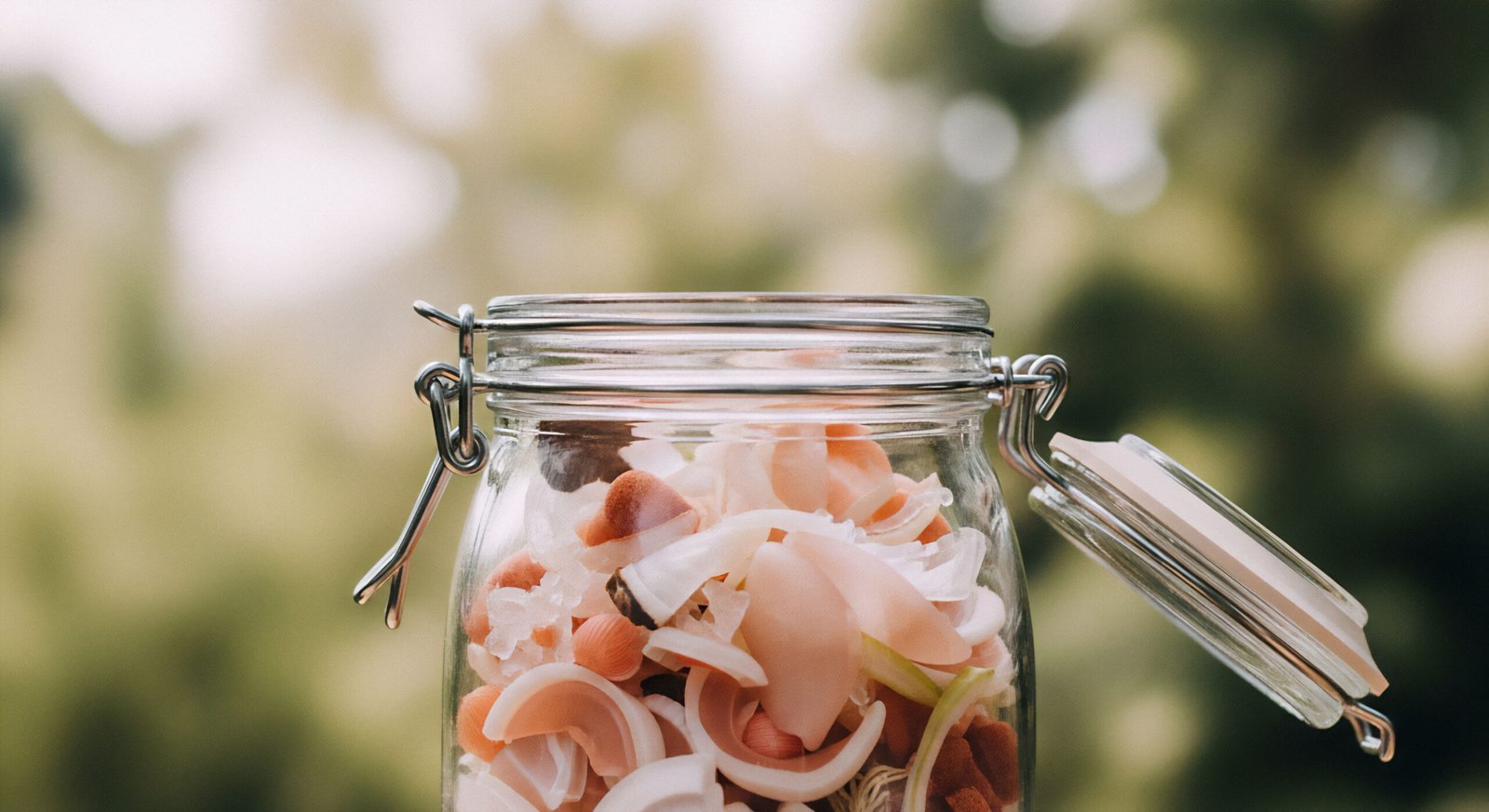Lids are often required for food packaging to preserve the integrity, freshness and safety of the contents. One of the primary purposes of a lid is to protect against contamination. During storage, transport or display, food can become exposed to dust, microorganisms or chemical residues. A well-fitting lid acts as a barrier, preventing these contaminants from affecting the quality of the food. For liquid or semi-liquid items such as soups, smoothies, and sauces, lids also prevent spillage and leakage, ensuring safe handling and transportation for consumers and retailers alike.
To reduce environmental impact, lids for food packaging https://univest-pack.com/product-category/lids/ can be produced from renewable and biodegradable materials. Common sustainable options include polylactic acid (PLA), recycled paperboard and bagasse, a fibre derived from sugarcane by-products. These materials can decompose naturally or be industrially composted, providing an eco-friendly alternative to traditional plastics.
PLA is made from fermented plant starches and has properties similar to conventional plastic, such as transparency and rigidity, making it suitable for both hot and cold foods. Bagasse and paperboard lids are often coated with plant-based liners instead of petroleum-based plastics to ensure moisture resistance while remaining compostable. Using recycled PET or polypropylene for lids can also reduce reliance on virgin resources, provided the necessary recycling infrastructure exists.
- Another important function is maintaining temperature and freshness. Lids retain heat in hot meals and preserve cold temperatures in refrigerated items, slowing down spoilage and reducing moisture loss. This thermal insulation is particularly relevant for takeaway or delivery food, as maintaining the optimal temperature enhances consumer satisfaction.
- Lids also facilitate portability and convenience. Sealed containers allow consumers to carry food easily while minimising mess and simplifying portion control. Additionally, lids provide a surface for branding and labelling, offering space for company logos, nutritional information or promotional messages.
Careful design is required for sustainable lids to maintain functionality while minimising material usage. Lightweight yet secure closures reduce excess waste, while innovative folding or interlocking techniques enhance sealing efficiency. Furthermore, clearly labelling lids as compostable or recyclable helps consumers dispose of packaging correctly, thus closing the sustainability loop. By combining eco-friendly materials with intelligent design, food packaging lids can fulfil practical requirements while promoting environmental responsibility.
